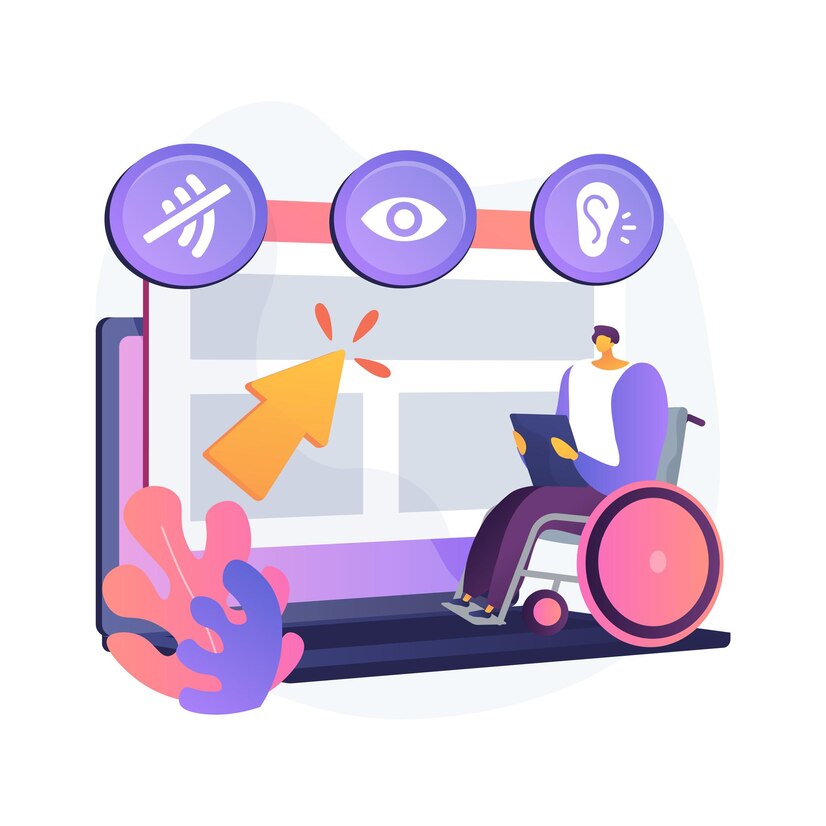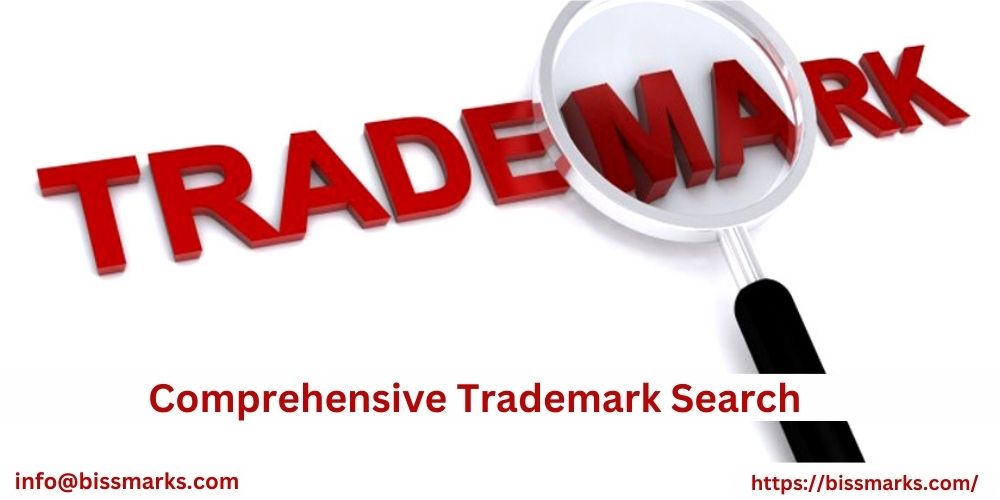In the ever-shifting landscape of legal frameworks, charities must navigate an intricate web of regulations that impact their operations. One landmark piece of legislation, the Accessible BC Act, has reshaped the accessibility landscape in the province. This comprehensive guide unravels the complexities to answer the crucial question: Does the Accessible BC Act apply to your charity, and if so, how?
Unveiling the Accessible BC Act
Born from a vital desire for inclusivity, the Accessible BC Act establishes accessibility standards across various sectors. It aims to identify, remove, and prevent barriers to accessibility in British Columbia, making the province a more inclusive and equitable place for everyone.
Mapping the Applicability Landscape
Charitable organizations often grapple with the extent of the Act’s reach. While businesses and organizations offering public goods and services are the primary targets, certain aspects of charitable operations fall within its purview. This is because the Act recognizes the important role that charities play in society and wants to ensure that everyone can access their services and programs.
Charting a Course for Charitable Activities
For charities with public-facing activities, the Act’s impact becomes clearer. Events, services, and facilities accessible to the public must comply with specified accessibility standards. This includes:
- Physical accessibility: Ensuring that buildings, venues, and events are accessible to people with disabilities, such as by having ramps, elevators, and accessible washrooms.
- Information accessibility: Providing information in multiple formats, such as braille, audio recordings, and plain language, so that everyone can understand it.
- Communication accessibility: Using clear and concise language, avoiding jargon, and providing alternative communication methods such as sign language interpreters.
Where Charity and Accessibility Intersect
Public Engagement Initiatives: Events, fundraisers, and community outreach programs often form the backbone of a charity’s work. Understanding the BC accessibility requirements of the Act becomes crucial when these initiatives involve public participation. Ensure venues and services comply with standards, fostering inclusivity and legal compliance.
Online Presence and Inclusiveness: In the digital age, a charity’s online presence is as important as its physical activities. Websites and online platforms used for fundraising or information dissemination must align with the Accessibility Act BC’s standards. Features like alternative text for images and user-friendly interfaces cater to individuals with disabilities, promoting accessibility and inclusivity.
Taking the Proactive Path: Embracing bc accessibility
Accessibility Audits and Assessments: Proactive measures are key to determining if the Accessibility Act BC applies to your charity. Consider accessibility audits and assessments to identify areas for improvement in both your physical and digital spaces. Addressing these concerns preemptively ensures compliance and reinforces your commitment to inclusivity.
Staff Training and Awareness: Empower your staff with knowledge of bc accessibility standards. Training programs can cultivate an organization-wide culture of awareness, ensuring everyone plays a role in upholding the principles of the Act.
The Road Ahead: Navigating Compliance Challenges
Transforming Obstacles into Opportunities: While navigating accessibility compliance may present challenges, view them as opportunities to enhance inclusivity and redefine your charity’s impact. Embrace these challenges as a chance to improve the experience for all individuals, regardless of their abilities.
Seeking Legal Guidance: For precise direction tailored to your unique circumstances, consulting legal experts specializing in accessibility law is a wise step. Their insights can clarify the specific aspects of the Accessibility Act BC that apply to your organization, ensuring comprehensive compliance.
Conclusion:
The intersection of charitable work and bc accessibility standards is a nuanced terrain that requires careful consideration. By proactively addressing compliance, investing in staff training, and seeking legal counsel when needed, your charity can confidently navigate the complexities of the Accessibility Act BC and make a positive impact on the communities you serve. Remember, a more accessible British Columbia is a more inclusive and equitable place for everyone.







